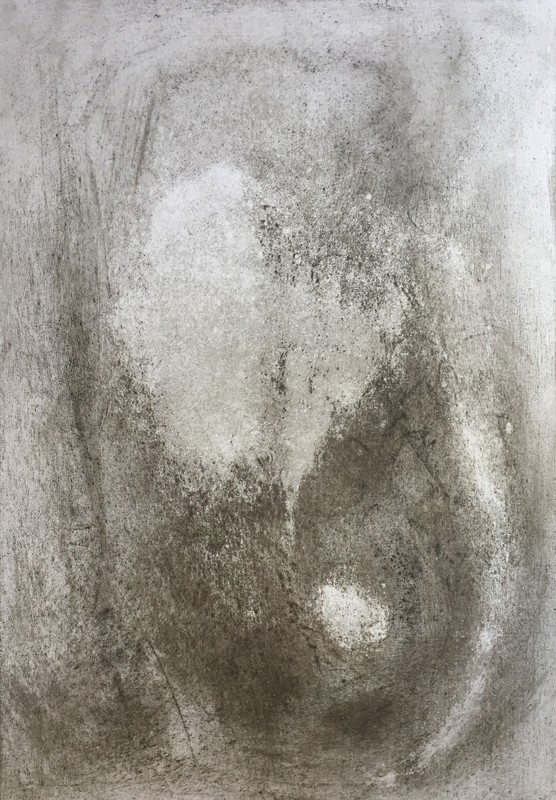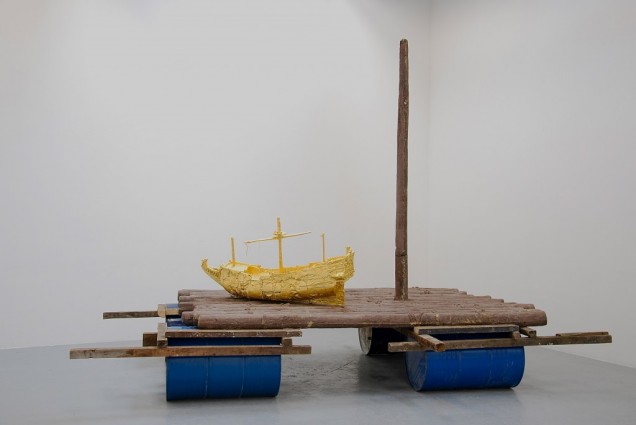Can we make contemporary art more inclusive?

Contemporary art is like beer. It is an acquired taste. But since it’s the kind of taste that’s not easy to acquire, it can be an intimidating and exclusive affair. Contemporary art may be accessible to the public through museums and galleries, but it remains exclusive to those who can afford it and most of all, to those who can appreciate and understand it. If you don’t get it, sorry.
The diversity and complexity of contemporary art
Contemporary artworks are often complex and layered. Compared to traditional paintings and sculptures which can easily be appreciated along conventional standards of structure, composition, and color, the artworks of today are more subtle, cerebral and open-ended. They are made less to be admired and more to be figured out.
Aside from its complex nature, contemporary art is also too diverse in terms of medium, subject matter, and form. Unlike traditional art which can be broken down into specific artistic styles, movements, or techniques, the art of present times is more difficult to categorize. Art experts themselves cannot always pin down or predict the trends in contemporary art.

Bringing contemporary art closer to the public
If contemporary art can be so exclusive, is there a way to make it more appealing and relatable to the public? Is it the responsibility of the artists? The art curators? Or the viewers themselves?
No one can and should dictate what and how an artist creates. Artists must have the freedom to express what they need to express in whatever form or manner they choose. Art curators, on the other hand, can play an important role in bringing contemporary art closer to the public. In the world of museums and galleries, it is the curators who decide which artworks to showcase and how to present them to the world. They can be crucial in bridging the gap between artist and viewer.

For Tristan Roggen who serves as curator of Les Mémoires de Jacqmotte in the Marolles district of Brussels, one way is to introduce works of art that people can consider and imagine displaying in their homes. The art gallery he manages is designed like a typical home space, and the gallery pieces are arranged as one would display them on a living room wall or in a bedroom.
Art Curator Tristan Roggen on the importance of connecting art to people and their homes.

As for the public, Roggen believes it will take a change in mentality for people to be more open to contemporary art. Consumers are more inclined to find gratification in acquiring expensive gadgets, clothes, or cars than to spend on a piece of art. According to Roggen, this kind of mindset contributes to the elitist nature of contemporary art since only a few can acknowledge the true value and worth of an artwork.
Roggen discusses the kind of mindset that prevents people from seeing the true value of an artwork.
But beyond the galleries and museums, incorporating art in daily living can also go a long way in promoting appreciation for contemporary art. One example is by installing artworks in public spaces. Even the way buildings, streets, and other infrastructure are designed can make an impact on people. We absorb what we see in our environment whether we are aware of it or not.
Roggen talks about how daily ordinary things can be a way of bringing people closer to art.
Social Media as the new contemporary art gallery
Fortunately, the digital age has made contemporary art more accessible and available through social media. Not all artists may get the privilege of exhibiting their works in galleries and museums. But all of them can share their creations online anywhere and anytime they want. Social media platforms are connecting artists with art lovers, curators, collectors, and fellow artists. Art enthusiasts don’t have to go to art venues or events. They can just browse through digital galleries on social networks like Instagram, Pinterest, Tumbler, Facebook, and other art-sharing sites. Such platforms have also encouraged the growth of many online art communities. Traditional art business models have also evolved now that artworks can be sold and bought on the internet.
Despite the developments facilitated by social media and other efforts to make contemporary art more inclusive, Roggen believes that art is meant to be exclusive to some extent. After all, you cannot force people to take interest in something they simply don’t like. For Roggen, to inspire and encourage appreciation for contemporary art will always be a goal. But in the end, it is best to respect people’s preferences and values the same way that we respect contemporary artists’ styles of expression no matter how diverse and complex.



